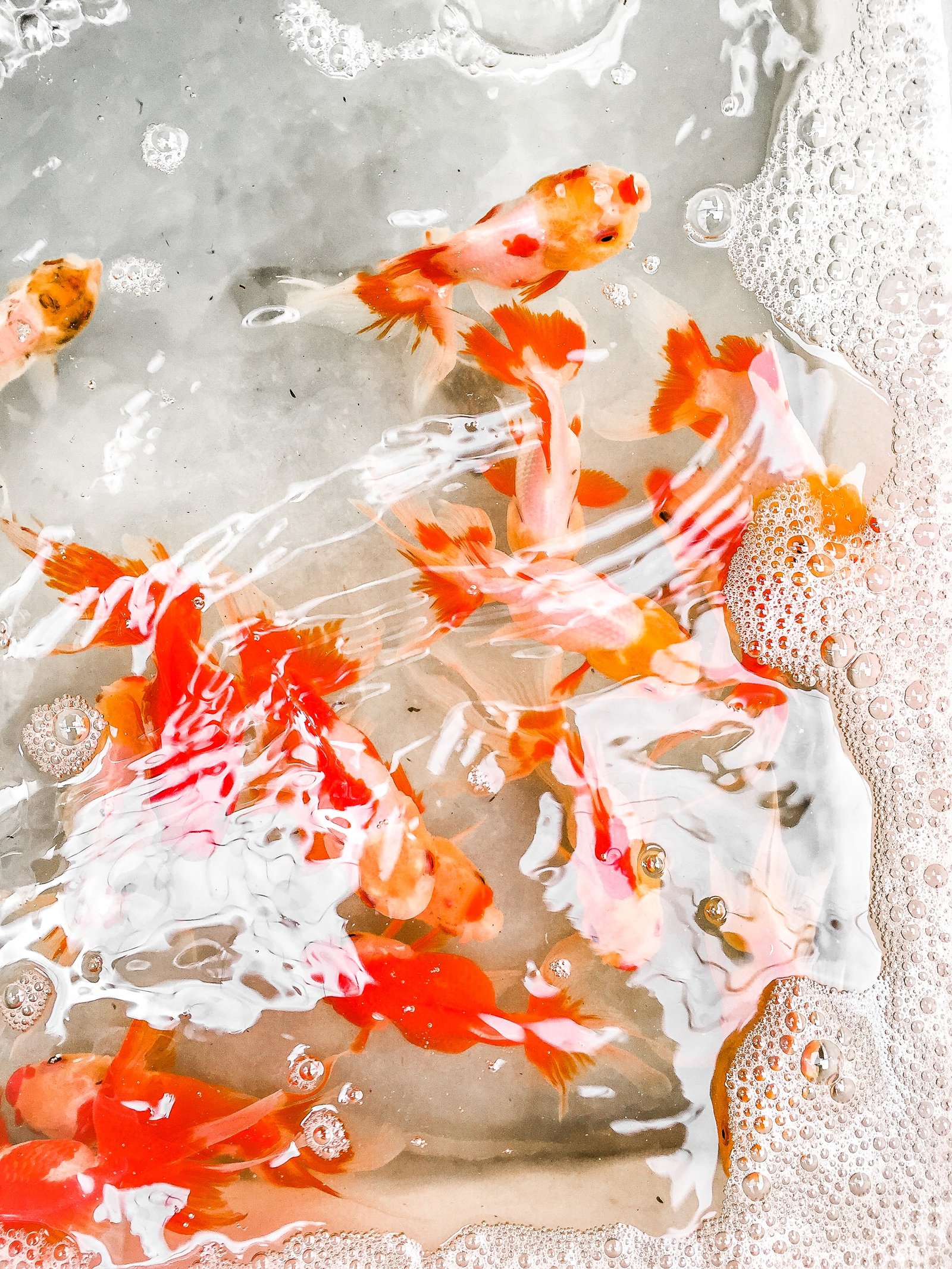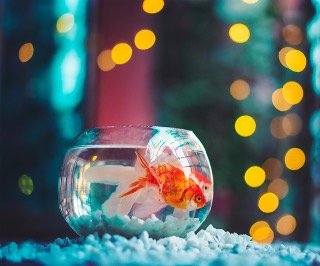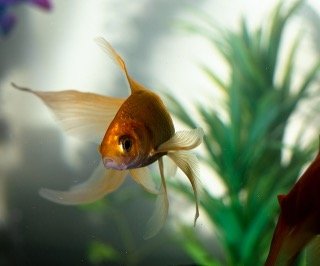
Introduction
Everyone who has ever visited a pet store’s fish department has seen the large tanks stuffed to the gills with feeder goldfish. Although you may have seen some extremely adorable goldfish inside these aquariums, these fish are grown and sold with the goal of becoming a food for larger carnivorous fish and reptiles. You could have even chosen some adorable goldfish and brought them home.
It’s also possible that you saw some sickly-appearing fish and decided to save them. Additionally, it’s likely that you brought goldfish from the feeder tank home with the idea of providing them a wonderful life, only for them to pass away a day or two later.
You may also like to read Why Don’t Goldfish Live Longer?
Why Do People Purchase Goldfish Feeders?
Some pet owners of predatory creatures, including turtles, catfish, gar, and giant cichlids, believe that feeding live prey to these creatures offers advantages. While some contend that live game is more nutrient-dense than frozen or processed foods, others contend that hunting stimulates animal health and wellbeing. The aquatics community is divided on the value of feeding live prey and whether it is necessary.
These fish are frequently mass-produced and kept in cramped spaces with low water quality because they are sold as food rather than pets.
Feeder Goldfish Keeping: What You Should Know
They could die: The harsh reality about feeder goldfish is that they could perish. No matter what you do, they will occasionally pass away. This is a result of the circumstances under which they are kept prior to your taking them home. Poor circumstances typically start at the breeding facility and spread to the pet shop. The health of feeder goldfish is affected by a number of things, including illnesses, parasites, and poor water quality. They frequently experience a terrible beginning to life, which lowers immunity and increases mortality rates.
Prophylactic treatments: Treatments given as a preventative measure or to cure a sickness or parasite before symptoms appear are known as prophylactic treatments. While some advocate using antibiotics as a preventative measure, others advocate treating fungal, bacterial, and parasaite diseases with all-purpose medications. This can aid in preventing diseases before they pose a problem. Although sick, stressed, or fish with poor immunity may be too weak to withstand treatments, treating fish as a preventive measure might help you make sure you aren’t introducing a problem to your tank. It is considerably simpler to treat one or two fish than a whole tank.
Long term treatment: Goldfish can live for very long periods of time, so prepare for a long-term commitment! Goldfish typically live for 15 years, although they can live for 30 to 40 years. Some feeder goldfish leave their unfavorable surroundings with a stronger immune system and a greater tolerance for pressured situations. Common or comet goldfish, which are already hardy fish, are typically used as feeder fish. Because it seemed unhappy, you brought home a 2-inch feeder goldfish that could grow to be extremely huge and stay with you for years.
Prepare for a Big Fish: Single-tail goldfish, including commons and comets, have a longer lifespan and a greater capacity for growth than goldfish bred specifically for pets, like fancy. These goldfish have a maximum length of 12 inches. Even though it is somewhat true that goldfish will only increase in size to fit their surroundings, it is nevertheless possible to end up with a goldfish the size of your hand in a 10 or 20 gallon aquarium. Be ready for a large fish with a significant bioload. To provide your goldfish with the healthiest environment possible, you will need a decent tank with an excellent filtration system.
Why did the color of my feeder goldfish change?
You chose a small goldfish that had black spots all over it. The black spots are fading or disappearing now that you’ve had it at home for a few weeks. There are two possible causes for this. The first is that goldfish frequently change color as they get older. Although some white goldfish will also turn gold with age, this color change typically involves black or bronze colors fading to gold or white. It’s possible that you’ve chosen a goldfish that is genetically inclined to develop new colors and lose its black spots.
Conclusion
The best thing you can do for your new goldfish is to be prepared because bringing feeding goldfish home is an unpredictable experience. If your fish will be housed in a tank with any other creatures, make sure you have a quarantine tank ready and that the tank has been completely cycled. No matter how hard you try, feeder goldfish can be unhealthy and, in some situations, difficult to maintain alive. Don’t be hard on yourself if you lose feeder goldfish despite doing everything perfectly.





